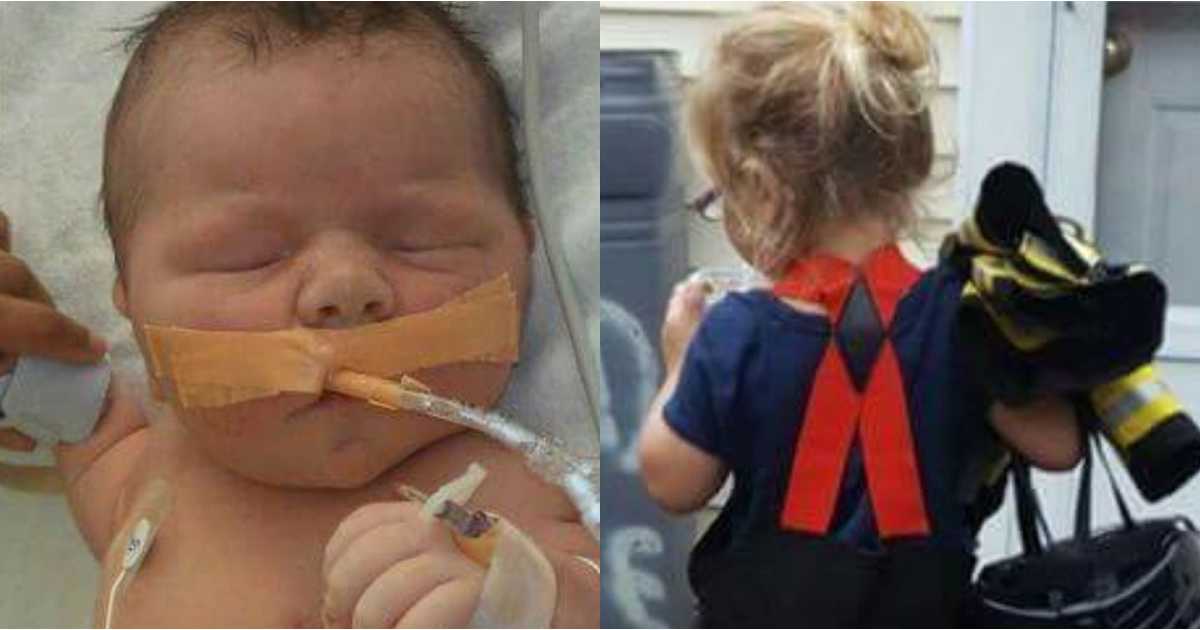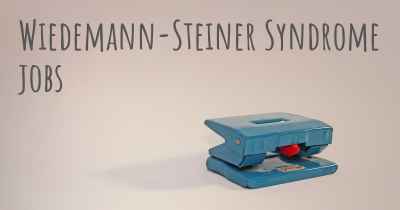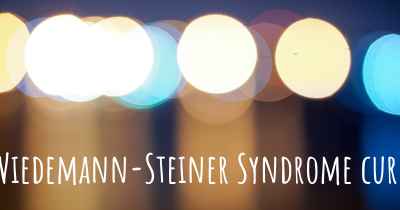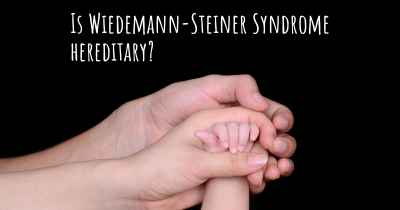
Emma's Journey: From the NICU to WSS
Error
Emma was a scheduled cesarean section on 7/9/12 at Women & Infants in Providence at 39 weeks and 3 days following an uneventful pregnancy. She immediately showed difficulty breathing and was brought to the NICU where she was diagnosed with PPHN. Over two and a half weeks the hospital tried to help her get better through the use of a ventilator, nitric machine, and sedatives.
On July 27 she was transferred to Boston Children's Hospital, where she was placed in their NICU until September 5th. During her time in the NICU she had a variety of procedures including an ultrasound, CT scan, multiple echocardiograms, bone marrow biopsy, and a cardiac catheterization. She was intubated on 5 separate occasions for multiple days, resulting in her being intubated approximately 54 days of her first 75 days of life. Emma also required a PICC line on 4 occasions to allow central access because her veins have been through so much. Boston discovered that her PDA remained open and her lungs were not fully developed. Boston sent blood samples to labs in California and Texas to assist them in diagnosing the ''rare lung disease'' she had. On August 30th Emma was finally stable and underwent a PDA ligation while they also biopsied her lung. From this procedure they were able to assist her PPHN in resolving, as well as diagnose her with Pulmonary Interstitial Glycogenosis (PIG). PIG is a children’s interstitial lung disease (chILD) and was first described in 2002. This disorder is relatively rare and only few cases have been reported in the medical literature. PIG is caused by an abnormal accumulation of glycogen in specific cells of the lung. These cells are located in the interstitium, the space between the air sacs in the lungs. The excess glycogen leads to a thickening of this space, making it difficult for oxygen to get from the air sacs into the bloodstream. They treated her PIG with steroids, and she improved enough to be transferred to a hospital floor.
On September 21st Emma was transferred to Hasbro Children's Hospital, closer to home, to start working on discharge goals. She arrived with a nasal gastric tube and nasal cannula. While in Hasbro Emma was weaned off of methadone and ativan, as well as achieving room air.
On Halloween 2012 Emma received a gastronomy tube and on 11/2/12 SHE CAME HOME with only a medicine for her heart! In the Spring of 2013 Boston contacted us to see if we would be interested in genetic testing to determine why she had been born so ill and had such difficulty in those initial months. This request eventually led to whole exome sequencing. On St Patrick’s Day of 2014 Emma was diagnosed with Wiedemann Steiner syndrome (WSS).
Wiedemann-Steiner syndrome is a rare genetic disorder which can cause developmental delay, feeding challenges, short stature, and low muscle tone. It is inherited in an autosomal dominant fashion, which means that typically neither the mother nor the father will carry the syndrome in their genes. Rather, the syndrome develops because of a spontaneous genetic mutation in the fertilized embryo that becomes the child. To date there is only one reported case of parent to child inheritance, although those affected do have a 50% chance of passing on the gene. Wiedemann-Steiner syndrome results from a mutation in the MLL (also known as KMT2A) gene on the long arm of chromosome 11. KMT2A is a histone-modification enzyme, meaning that it helps modify the expression of other genes. So children who are missing this histone-modification enzyme in development will carry a number of resulting symptoms. The syndrome was originally described in 1989. Children with WSS will often display some of the following: long eyelashes, developmental delays, hairy arms close to the elbow, hypotonia, motor delays, unusual facial features (dysmorphism), feeding challenges, and a high arched palate.
For Emma WSS did not explain anything about what she had been through. The above information is all of the information we were able to find during an internet research. In addition I found a Facebook group containing 5 families. This group has now grown to 200+ members around the world. WSS has proven to be a spectrum disorder even in our small group. There is no specific cure or treatment for Wiedemann-Steiner syndrome. Children with this condition may benefit from a range of supportive treatments such as physiotherapy, speech therapy, supplementary nutrition for poor feeding, and special educational support.
Wiedemann-Steiner Syndrome is rare and little is known about it at this time. However, as whole exome sequencing becomes more widely available, more and more cases are being diagnosed all the time. Several geneticists are currently taking a more thorough look at the disorder, and as parents of kids with WSS find each other in the online community, more and more information is coming to light. The conference in Baltimore, June 2015, was attended by 20 families. In 2017 the conference in Orlando was attended by 40 from AROUND THE WORLD!!

0 comments








